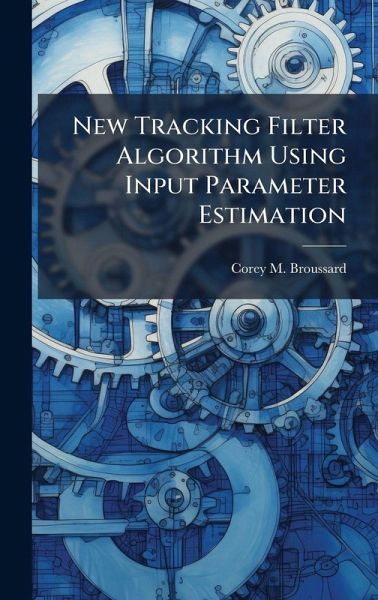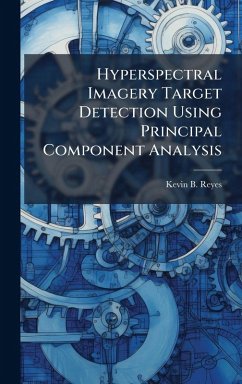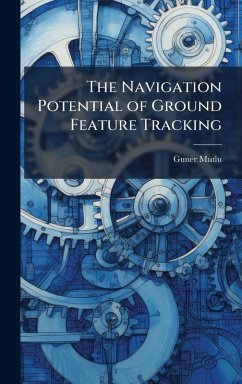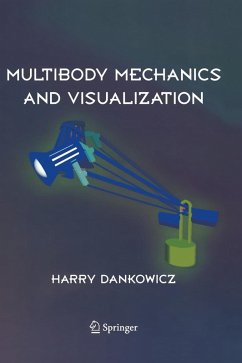
New Tracking Filter Algorithm Using Input Parameter Estimation
Versandkostenfrei!
Versandfertig in über 4 Wochen
28,99 €
inkl. MwSt.
Weitere Ausgaben:

PAYBACK Punkte
14 °P sammeln!
A new method for the design of tracking filters for maneuvering targets, based on kinematic models and input signalsestimation, is developed. The input signal's level, u, is considered a continuous variable and consequently the input estimationproblem is posed as a purely parameter estimation problem. Moreover, the application of the new tracking filter algorithm isnot contingent on distinguishing maneuvering and non-maneuvering targets, and does not require the detection of maneuveronset. The filter will automatically detect the onset of a maneuver. Furthermore, an estimate of the target's ac...
A new method for the design of tracking filters for maneuvering targets, based on kinematic models and input signalsestimation, is developed. The input signal's level, u, is considered a continuous variable and consequently the input estimationproblem is posed as a purely parameter estimation problem. Moreover, the application of the new tracking filter algorithm isnot contingent on distinguishing maneuvering and non-maneuvering targets, and does not require the detection of maneuveronset. The filter will automatically detect the onset of a maneuver. Furthermore, an estimate of the target's acceleration isalso obtained with reasonable precision. This opens the door to the employment of advanced Augmented ProportionalNavigation Missile guidance laws, which require an estimate of the target's state acceleration, recognizing the precision is notas good as that for position and velocity estimates. When the target dynamics and measurement are linear and input u isconstant, then an unbiased estimate of of u and of the target state is obtained, provided that an observability condition holds.It is shown that the critical observability condition holds for kinematic target motion models of interest. This work has been selected by scholars as being culturally important, and is part of the knowledge base of civilization as we know it. This work was reproduced from the original artifact, and remains as true to the original work as possible. Therefore, you will see the original copyright references, library stamps (as most of these works have been housed in our most important libraries around the world), and other notations in the work. This work is in the public domain in the United States of America, and possibly other nations. Within the United States, you may freely copy and distribute this work, as no entity (individual or corporate) has a copyright on the body of the work. As a reproduction of a historical artifact, this work may contain missing or blurred pages, poor pictures, errant marks, etc. Scholars believe, and we concur, that this work is important enough to be preserved, reproduced, and made generally available to the public. We appreciate your support of the preservation process, and thank you for being an important part of keeping this knowledge alive and relevant.












